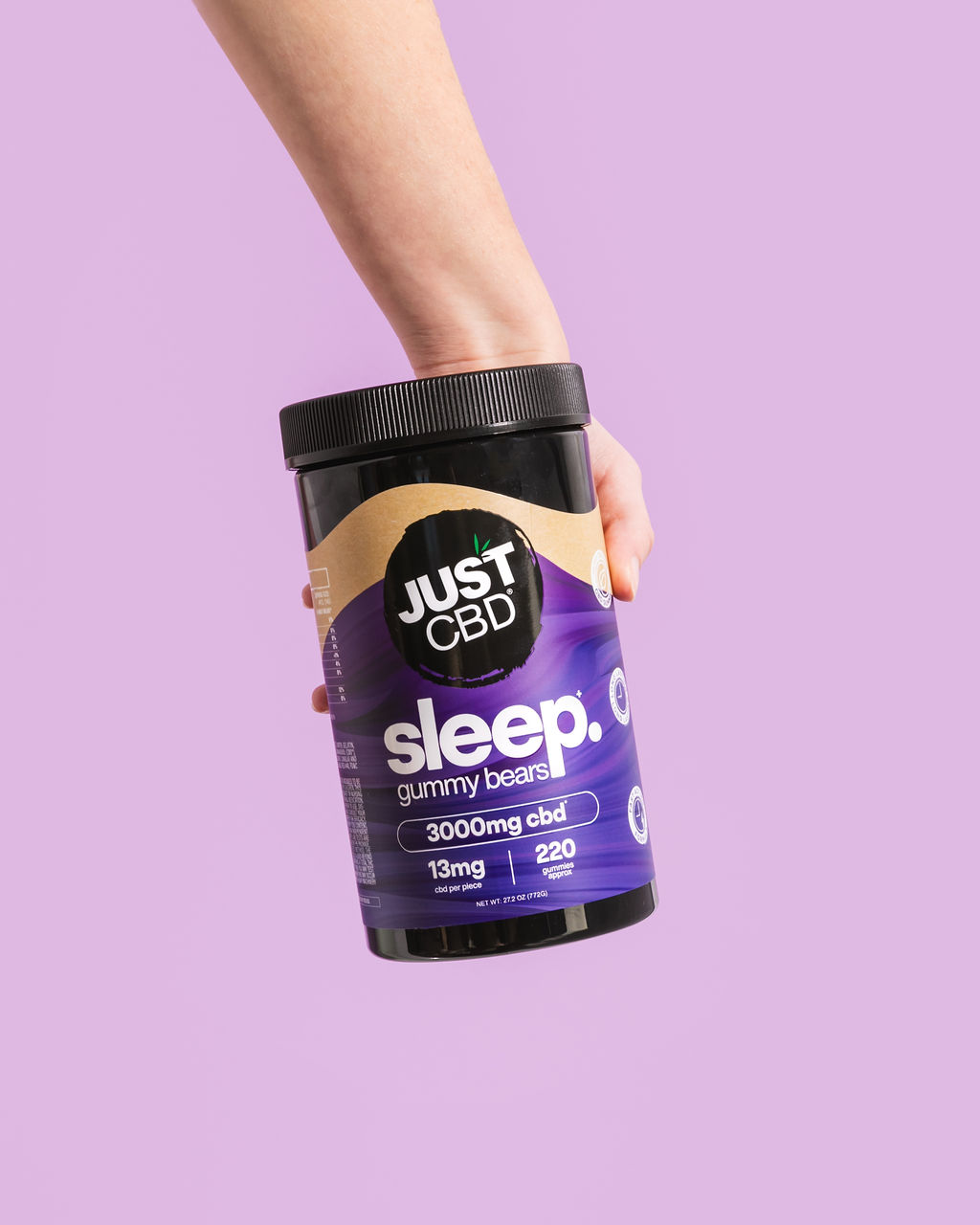Kratom Extract
Kratom, derived from the leaves of the Mitragyna speciosa tree, has gained popularity for its potential mood-boosting and pain-relieving effects. A concentrated form, known as kratom extract, is increasingly used to amplify these properties.
Types of Kratom Extracts
Kratom extracts are concentrated forms of kratom powder that contain higher levels of the active alkaloids found in kratom leaves. These alkaloids, mitragynine and 7-hydroxymitragynine, are responsible for the plant’s purported effects.
Various types of kratom extracts exist, each with unique characteristics and potencies:
Powder Extracts: These are made by pulverizing dried kratom leaves, resulting in a fine powder that is more potent than standard kratom leaf powder.
Liquid Extracts: These are concentrated solutions prepared by dissolving kratom alkaloids in alcohol or water. They often have a strong flavor and can be consumed orally or mixed into drinks.

Capsule Extracts: These come pre-measured doses of kratom extract encapsulated in gelatin for easier consumption.
Tincture Extracts: Similar to liquid extracts, tinctures are alcohol-based solutions that have a longer shelf life and tend to be more potent.
The choice of kratom extract type depends on individual preferences, desired effects, and dosage requirements.
Concentration and Potency
Kratom extracts come in various concentrations, reflecting the amount of active alkaloids present. Concentration is often expressed as a percentage or ratio (e.g., 10X, 20X). A higher concentration indicates a more potent extract, meaning it contains a greater amount of mitragynine and 7-hydroxymitragynine.
Potency refers to the strength of the extract’s effects. It is influenced by both concentration and the specific alkaloids present. For example, an extract with a higher concentration of mitragynine might be perceived as more stimulating, while an extract with a higher concentration of 7-hydroxymitragynine might be associated with more relaxing or pain-relieving effects.
It’s crucial to start with a low dose when using kratom extracts, particularly if you’re new to them. The effects can vary depending on individual sensitivity and the specific extract used.
Other Ingredients
Kratom gummies provide a convenient and palatable way to experience the potential benefits of kratom. However, understanding what these gummies are made of is essential for making informed decisions about their use. Beyond the kratom itself, other ingredients play a role in shaping the taste, texture, and overall effects of these gummy products.
Sweeteners
Other key ingredients commonly found in kratom gummies include sweeteners, flavorings, and gelatin or pectin for texture and binding. Sweeteners such as sugar, corn syrup, or artificial sweeteners like aspartame or sucralose are used to enhance the palatability of the gummies. Natural flavors derived from fruits, herbs, or other sources can be added to create different taste profiles. Gelatin or pectin acts as a gelling agent, giving the gummies their chewy texture and holding them together.
The choice of these additional ingredients can influence both the taste and overall experience of consuming kratom gummies. Some individuals may prefer gummies with natural sweeteners or flavors, while others may opt for those containing artificial sweeteners for a lower calorie or sugar content. The gelling agent also plays a role in the texture, with gelatin often producing a more traditional gummy texture, while pectin can result in a slightly firmer chew.
Flavorings
- Sweeteners:
- Flavorings:
- Gelatin or Pectin
Let me know if you need help with any other topics related to kratom gummies!
Binders
Other ingredients play a crucial role in the overall experience of consuming kratom gummies.
Sweeteners are essential for enhancing the palatability of the gummies, masking the slightly bitter taste of kratom extract. Common sweeteners used include sugar, corn syrup, and artificial sweeteners like aspartame or sucralose. The choice of sweetener can influence the overall calorie and sugar content of the gummies.
Flavorings are added to create a more appealing taste profile and enhance consumer enjoyment. Natural flavors derived from fruits, herbs, or other sources are often used, but artificial flavorings may also be incorporated.
Gelatin or pectin serves as a gelling agent, providing the gummies with their characteristic chewy texture. Gelatin is derived from animal collagen and produces a more traditional gummy texture, while pectin, derived from fruits, results in a slightly firmer chew.
Gelling Agents
Other ingredients play a crucial role in shaping the taste, texture, and overall experience of kratom gummies. Sweeteners are essential for enhancing palatability and masking the somewhat bitter taste of kratom extract. Sugar, corn syrup, and artificial sweeteners like aspartame or sucralose are commonly used.
Flavorings are added to create a more appealing taste profile and enhance enjoyment. Natural flavors derived from fruits, herbs, or other sources are often employed, but artificial flavorings may also be included.
Gelatin or pectin acts as a gelling agent, providing the gummies with their characteristic chewy texture. Gelatin, sourced from animal collagen, produces a traditional gummy texture, while pectin, derived from fruits, results in a slightly firmer chew.
Manufacturing Process

The manufacturing process of kratom gummies involves several key steps to create the final product. It starts with preparing a kratom extract, which concentrates the active alkaloids found in kratom leaves. This extract is then combined with various ingredients, including sweeteners, flavorings, and gelling agents like gelatin or pectin.
Extraction Method
The manufacturing process of kratom gummies involves several key steps to create the final product. It starts with preparing a kratom extract, which concentrates the active alkaloids found in kratom leaves. This extract is then combined with various ingredients, including sweeteners, flavorings, and gelling agents like gelatin or pectin.
The mixture is thoroughly blended to ensure even distribution of all ingredients. Next, the mixture is poured into molds to shape the gummies.
These molds can be designed in various shapes and sizes. Once poured, the gummies are allowed to set and solidify. This process can take several hours or overnight, depending on the gelling agent used.
After setting, the gummies are carefully removed from the molds. Any excess material is trimmed, and the finished gummies are inspected for quality control.
Finally, the gummies are packaged for distribution and sale.
Formulation and Mixing
The manufacturing process of kratom gummies involves several key steps to create the final product. It starts with preparing a kratom extract, which concentrates the active alkaloids found in kratom leaves. This extract is then combined with various ingredients, including sweeteners, flavorings, and gelling agents like gelatin or pectin.
The mixture is thoroughly blended to ensure even distribution of all ingredients. Next, the mixture is poured into molds to shape the gummies. These molds can be designed in various shapes and sizes. Once poured, the gummies are allowed to set and solidify. This process can take several hours or overnight, depending on the gelling agent used.
After setting, the gummies are carefully removed from the molds. Any excess material is trimmed, and the finished gummies are inspected for quality control. Finally, the gummies are packaged for distribution and sale.
Packaging
The manufacturing process of kratom gummies involves several key steps to create the final product. It starts with preparing a kratom extract, which concentrates the active alkaloids found in kratom leaves. This extract is then combined with various ingredients, including sweeteners, flavorings, and gelling agents like gelatin or pectin.
The mixture is thoroughly blended to ensure even distribution of all ingredients. Next, the mixture is poured into molds to shape the gummies. These molds can be designed in various shapes and sizes. Once poured, the gummies are allowed to set and solidify. This process can take several hours or overnight, depending on the gelling agent used.
After setting, the gummies are carefully removed from the molds. Any excess material is trimmed, and the finished gummies are inspected for quality control. Finally, the gummies are packaged for distribution and sale.
Packaging plays a crucial role in preserving the quality and extending the shelf life of kratom gummies.
Typically, kratom gummies are packaged in airtight containers or bags to prevent exposure to air and moisture, which can degrade the extract’s potency and freshness.
These packages also help protect the gummies from light and heat, further preserving their quality.
Some manufacturers may use additional protective measures, such as nitrogen flushing, to create an oxygen-free environment inside the packaging, extending shelf life even further.
Buy Kratom Gummies made for quality and value
